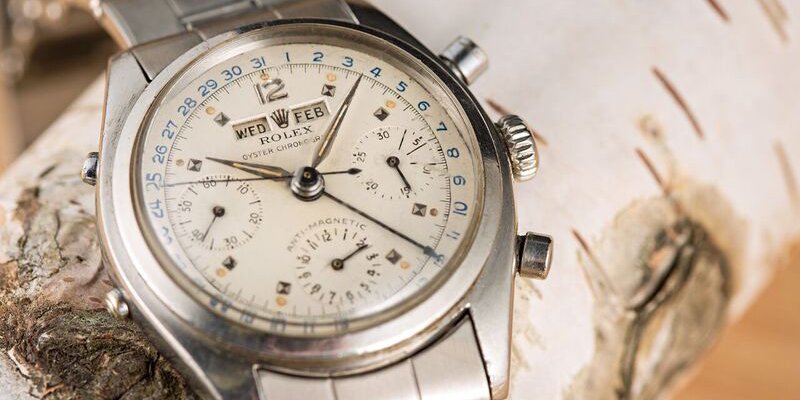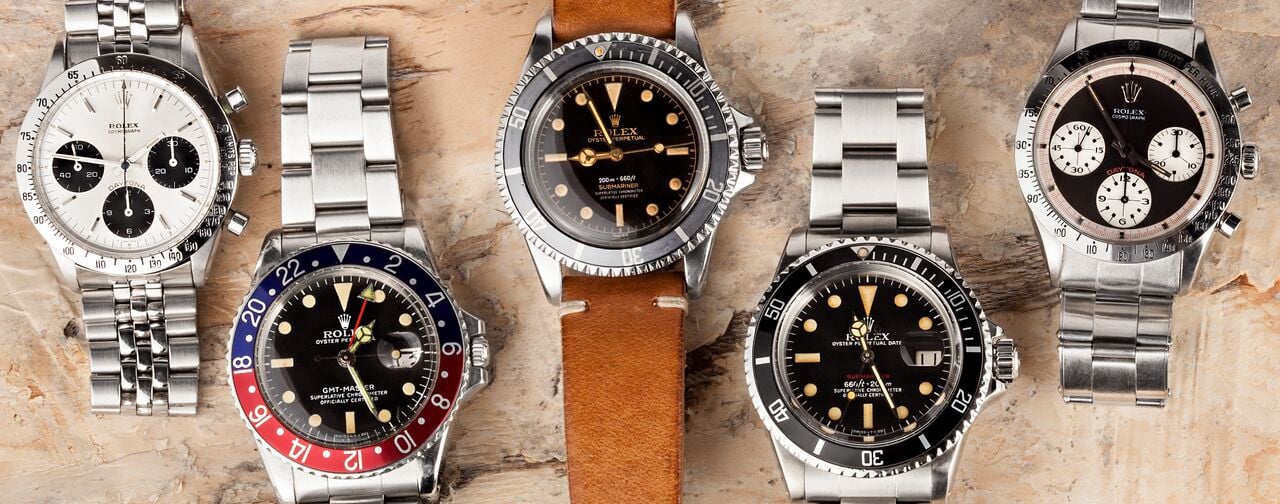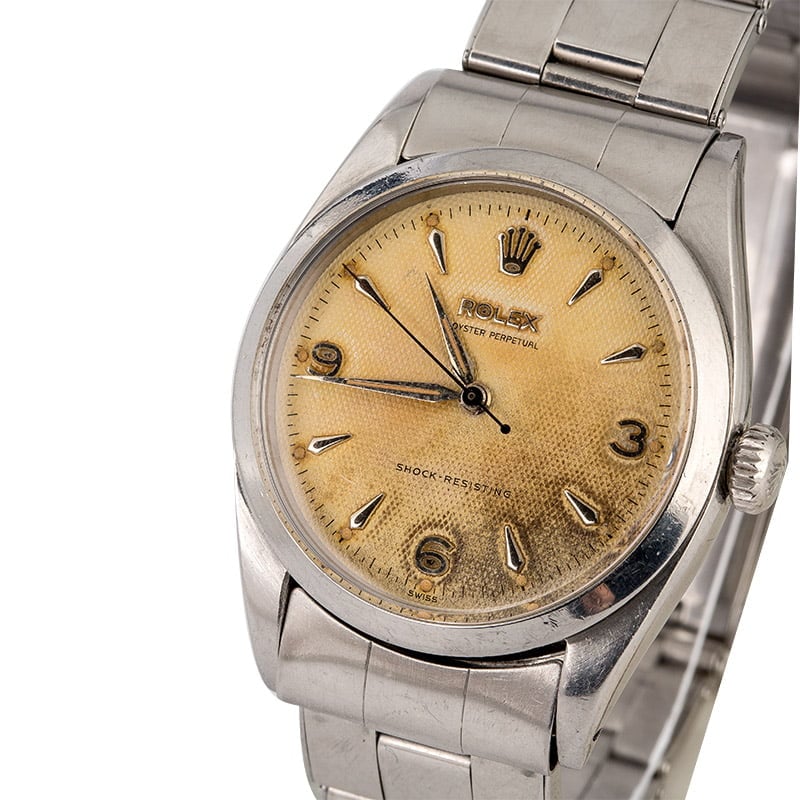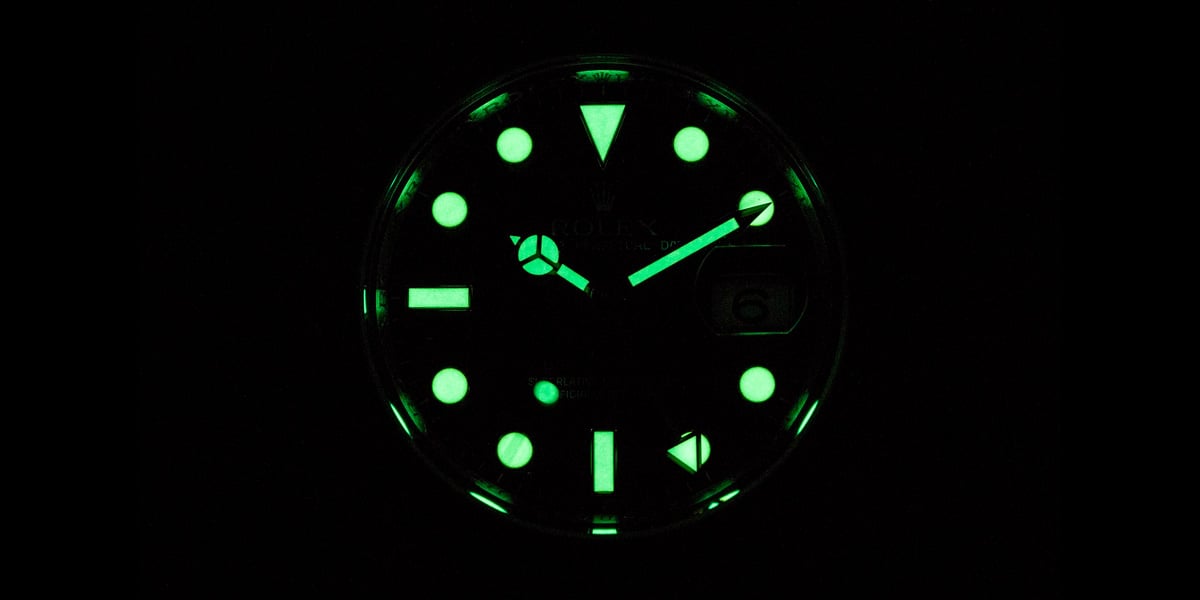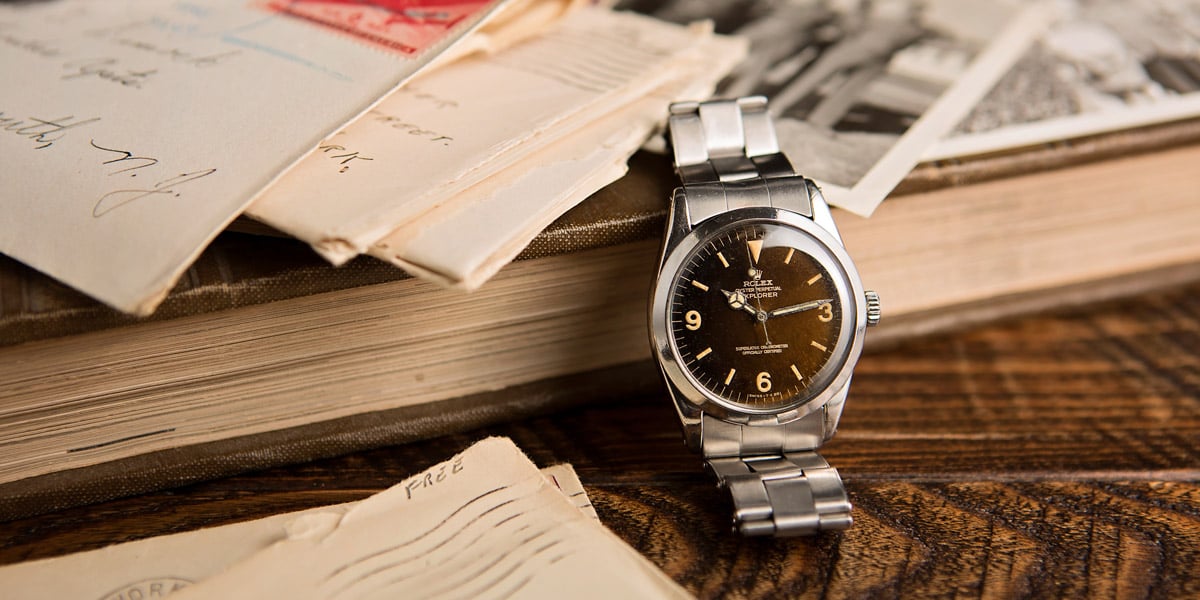The watch industry is always changing, always evolving, always reacting to the conditions of the world. But some things seem eternal. Through good times and bad, one brand has, since its foundation in 1905, seemed immune to weakness. A history of constant innovation and textbook PR has resulted in a Rolex watch becoming one of the most desirable products in the world, and the brand name that is easily one of the most recognizable.
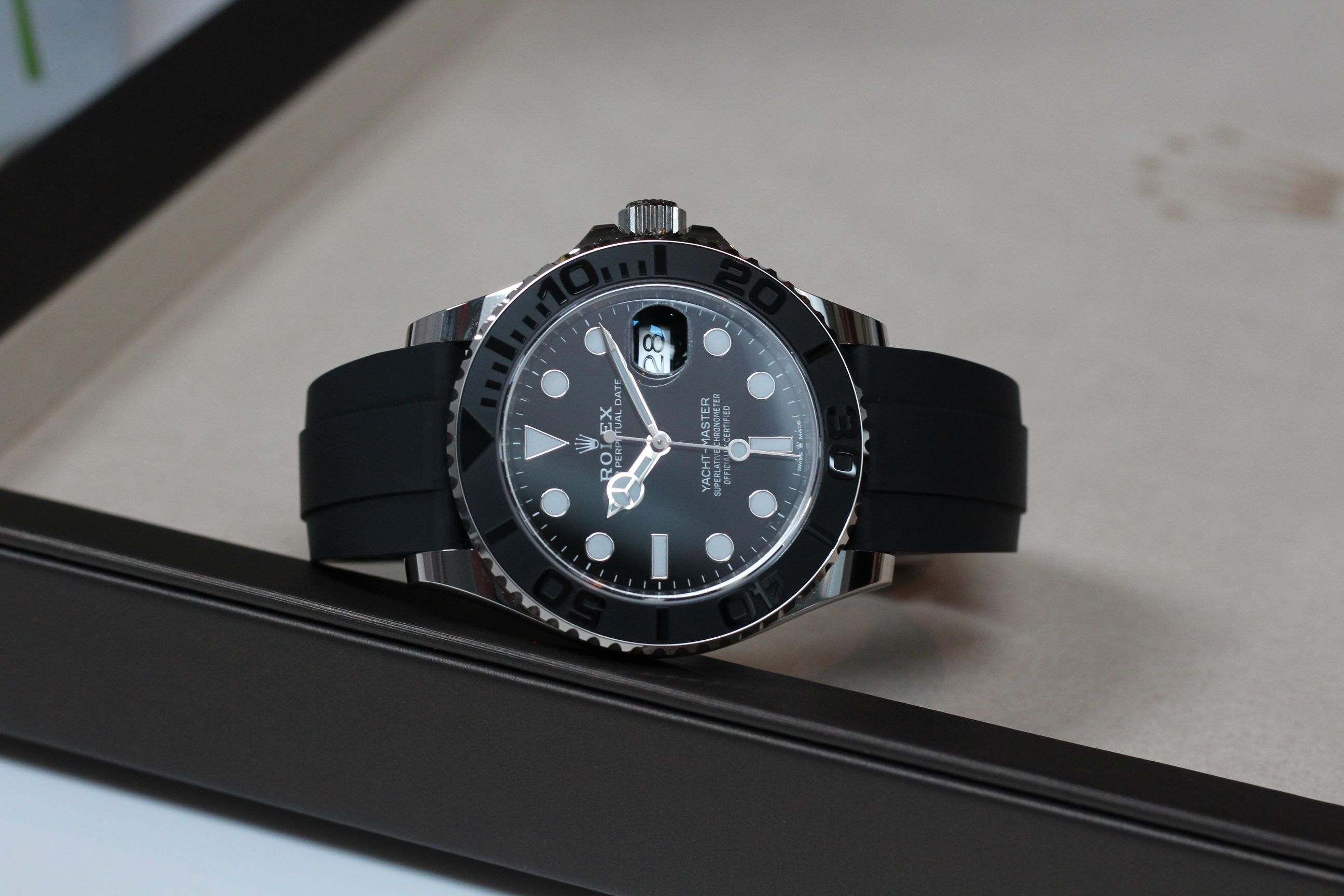
To establish the kind of reputation Rolex has, you have to do things differently. You also have to be ahead of the curve. Rolex has done that with aplomb in the past, and by carefully controlling the supply of steel watches, while moving the brand forward in a slightly different direction through the release of some headline-grabbing pieces at this year’s Baselworld (including the new Rolex Yacht-Master 42), Rolex is continuing to map its own destiny.
It didn’t begin with the renaissance of Tudor, but that event in 2007 now looks in retrospect to be the beginning of a transformation that elevated Rolex from a brand to some kind of looming deity. Simply put, Tudor is the new Rolex, and Rolex is a new thing entirely. When I speak to brand managers the world over (many of whom are trembling and sleep-deprived as the struggle to conceive strategies to lever attention away from the Crown) they all say the same thing in one way or another.
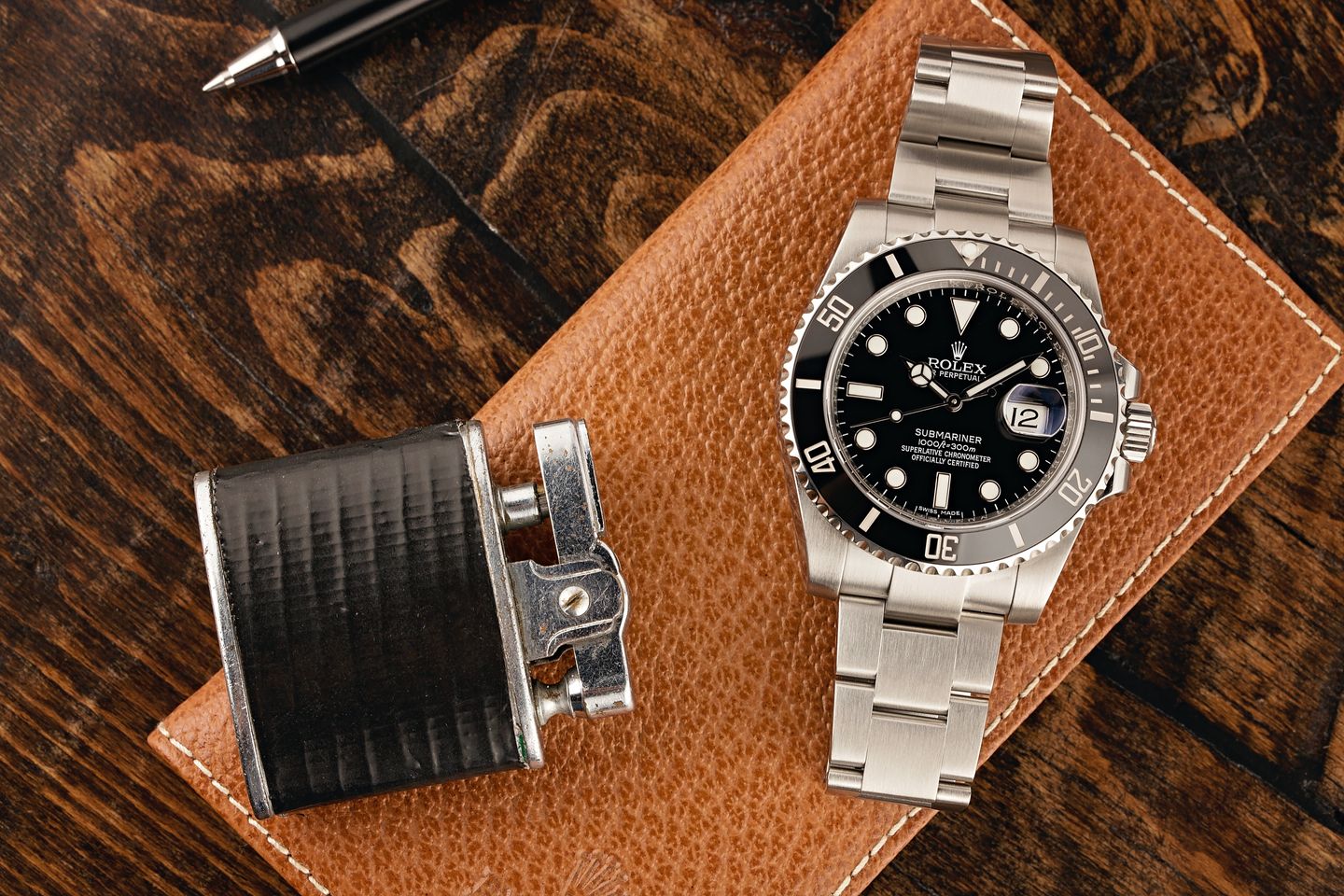
Rolex is no longer a brand; Rolex is a phenomenon. Trying to go toe-to-toe with Rolex is like boxing with your reflection, or shooting at smoke. It’s a fight you can’t win. It isn’t about the fact your opponent is stronger than you, it’s about the fact that your opponent is fighting on a different plane of existence entirely.
For three years I managed the sales accounts of a well-known German brand across 17 countries. Despite the vastly differing cultures, tastes, and consumer motivations, the presence and adulation of Rolex were ever-present. The power of the Crown is never more felt than when trying to negotiate space in a retail environment for the product of another brand.
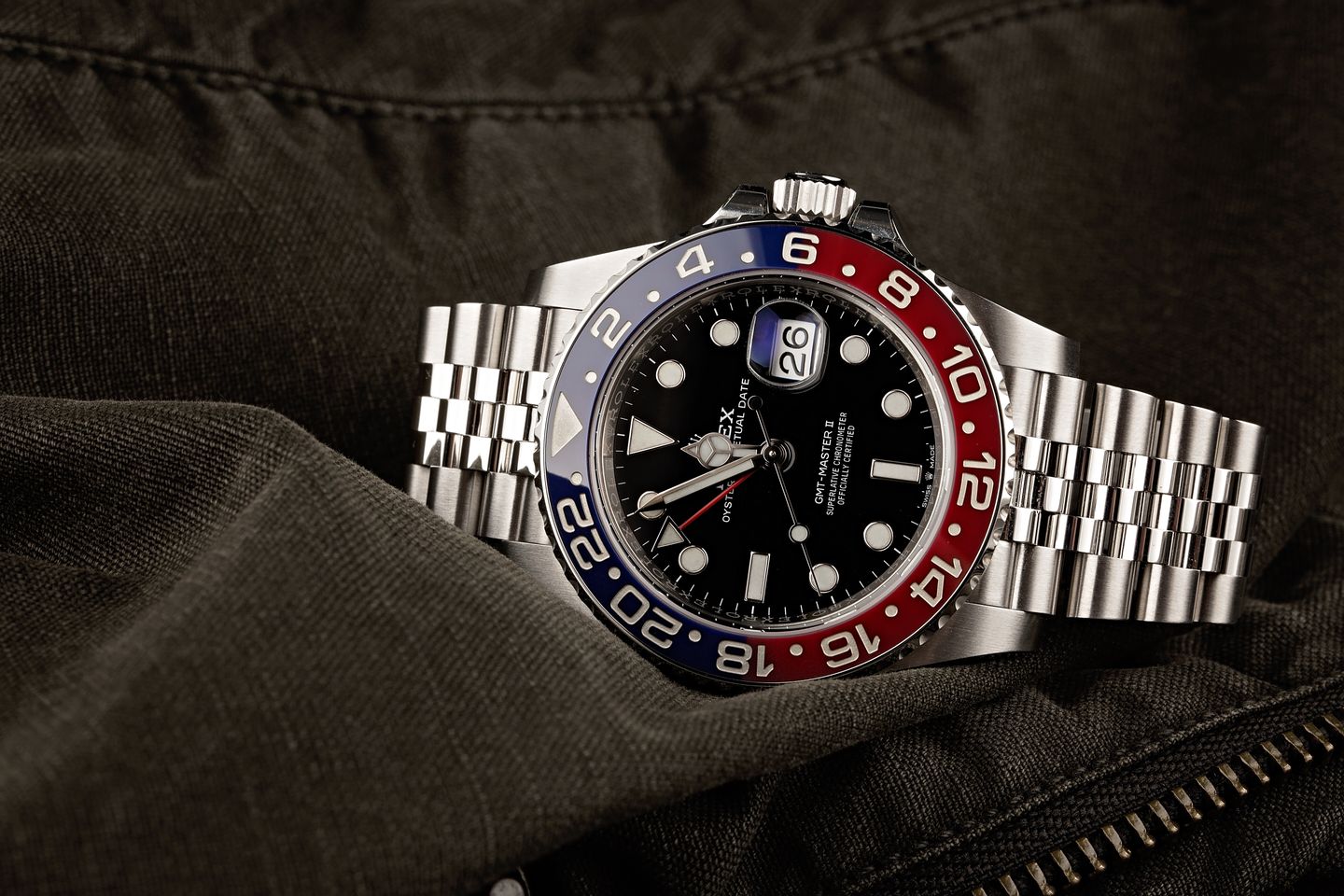
For example, I once asked a retailer if I could commandeer thirty centimeters of unused counter space in his store. His face screwed up instantly as if suddenly overtaken by a crippling bout of indigestion. “Well,” he said through gritted teeth, “I’ll have to check with Rolex.”
Duly, he made the call. The answer came back as predicted.
“No,” he said, unable to make eye-contact with me. “Rolex wants that space now.”
I had offered him a full collection of watches with an extended payment terms so he could get the models into his store and test the water before making a significant financial investment. In contrast, Rolex had offered him one GMT Master II “Batman” (on the professional bracelet, not the Jubilee). The choice, for him, was simple. The “Batman” was already sold. It was money in the bank. And his relationship with Rolex – the lifeblood of his livelihood – was intact.
Trying to build a brand next to Rolex is like growing a tree in the shadow of a mountain. It’s not impossible, but there isn’t much light left to go around.
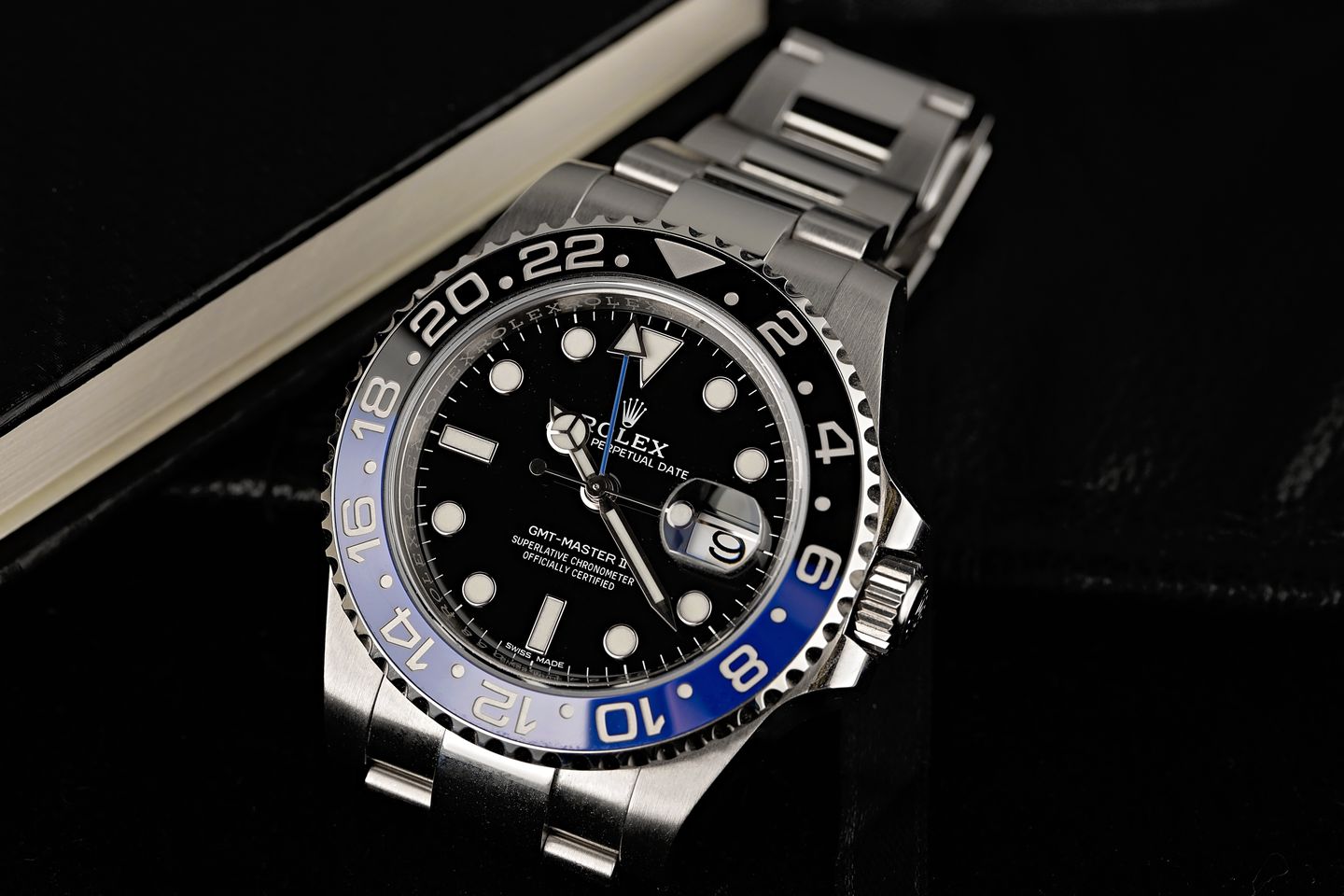
That kind of power is hard to contend with. Rolex has cultivated it over generations. One way in which they’ve managed this is to have been a tireless inventor. The brand’s watches have always been innovative and eminently practical. With every stone turned over in search of incremental gains, Rolex even changed the type of steel it uses in the production of its watches because it could.
Rolex uses 904L, while most of the industry uses 316L stainless steel. Most notable is 904L’s higher molybdenum content, which reduces the chance that the steel will pit or corrode. Although this kind of benefit is the sort of thing you might imagine other brands trying to cash in on, it isn’t that simple. 904L stainless steel is notoriously difficult to work with. Not only do you need special tools to cut it, you also need to be patient as it has an annoying tendency to overheat while being machined. This means manufacturers using 904L must be patient to avoid it blowing up (almost literally) in their faces.

Despite its foibles, Rolex’s first use of 904L steel was in a 1988 Sea-Dweller, and its collection-wide adoption of it in 2003 has been one of the brand’s calling cards. It makes perfect sense for a rugged sports watch brand that is hell-bent on improving the performance of its products. But the thing is, Rolex is changing. Rolex, for all its insistence that it is still a brand built around endeavor and adventure, is transitioning into something else, and its special steel (Oystersteel as they’ve started calling it since 2018) is no longer as central to the brand’s image as it once was.
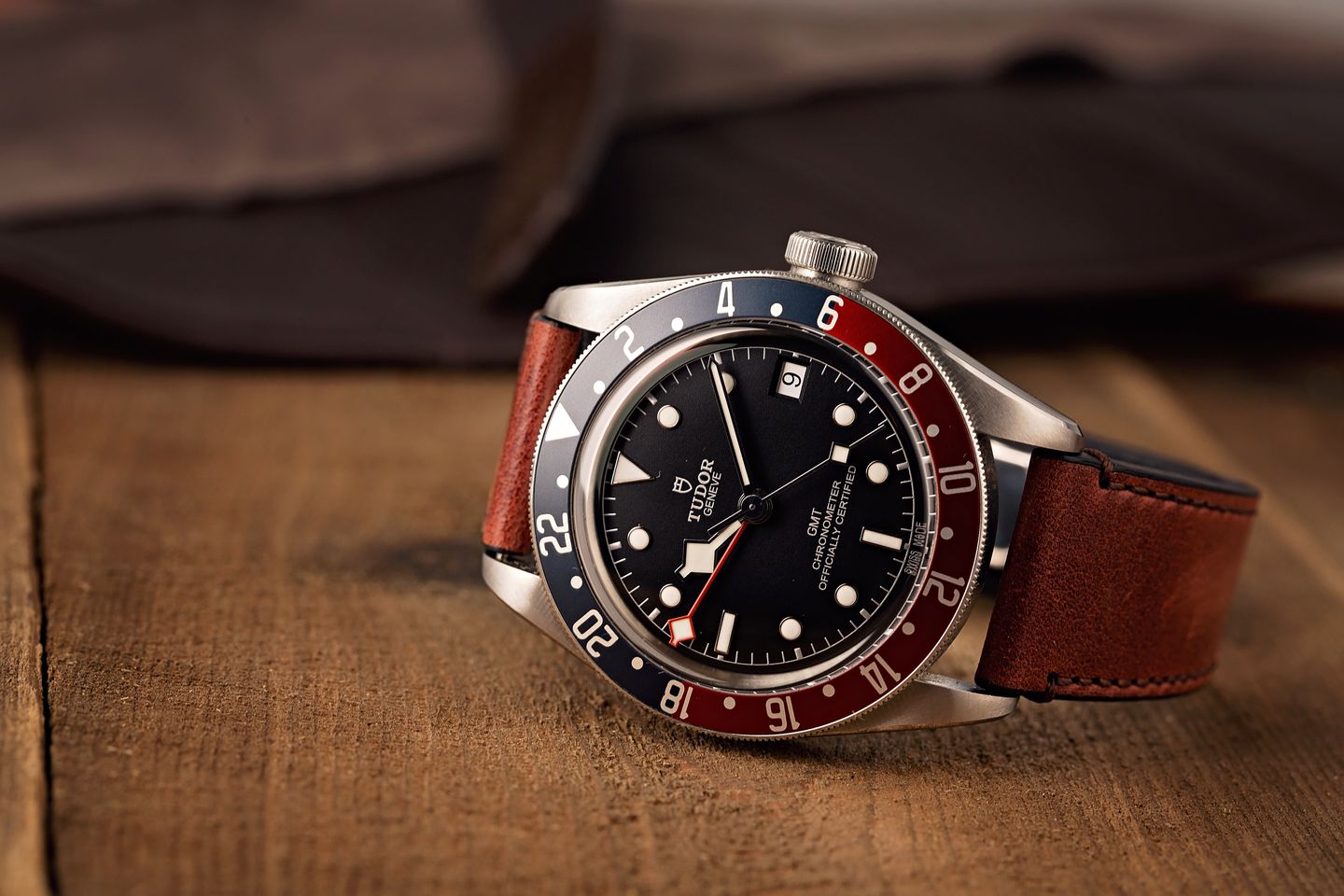
Around the time of the Tudor rebrand (2007), you could still buy a Rolex no-date Submariner for around four and a half grand. Today the price is double that. Even adjusting for inflation won’t make you feel much better about not loading up on Submariners when you had the chance to get them for a relative song.
But crazier than the current retail prices is the current availability. In 2007, you could walk into a store and buy a green dial, green bezel Rolex Submariner “Hulk” out of the cabinet. If you had the money, you could get the watch. Waiting lists, enforced scarcity, and secondary market prices double the ticket just didn’t exist like they do today. Now, finding a retailer that has a professional model in stock is harder than finding a hen with teeth.
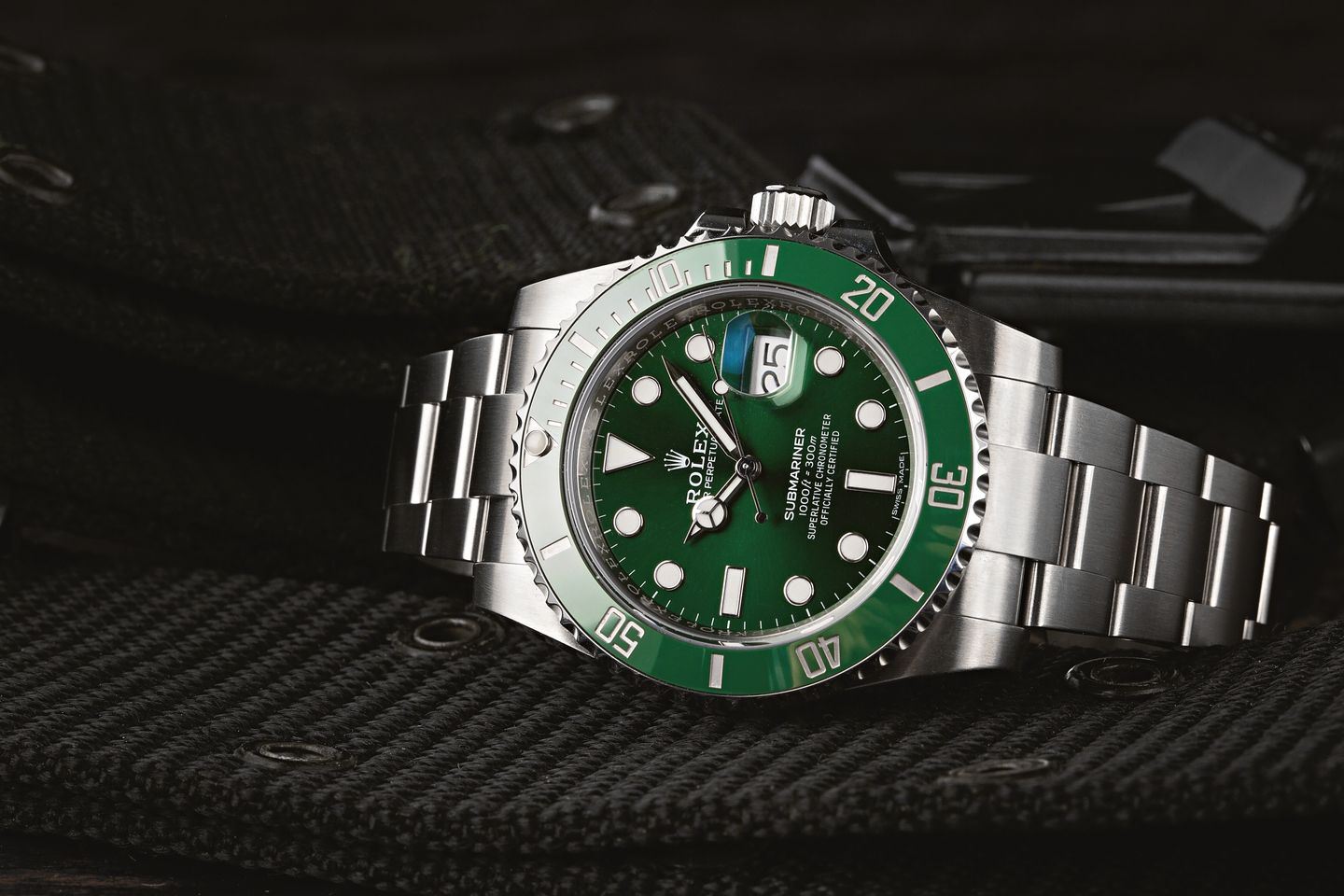
Tudor, meanwhile, has remained very fairly priced. With all the benefits of Rolex’s know-how and freedom to reinvent the brand, Tudor has carved its own niche with its own audience. It is, almost without a doubt, the Rolex of its generation.
Its savvy marketing campaign, excellent build quality, and never-overstated connection to the industry’s Big Brother has made it a hit with the customers discovering the industry for the first time. The Pelagos and Black Bay watches of today will likely be future classics in the way the Submariners and the Datejusts of old are today.
But since Rolex became an industry super-power, removed from the regular concerns of watch companies, it needed a new champion, a poster boy for a new age, a darling that is at once everything Rolex was and everything it is going to be…
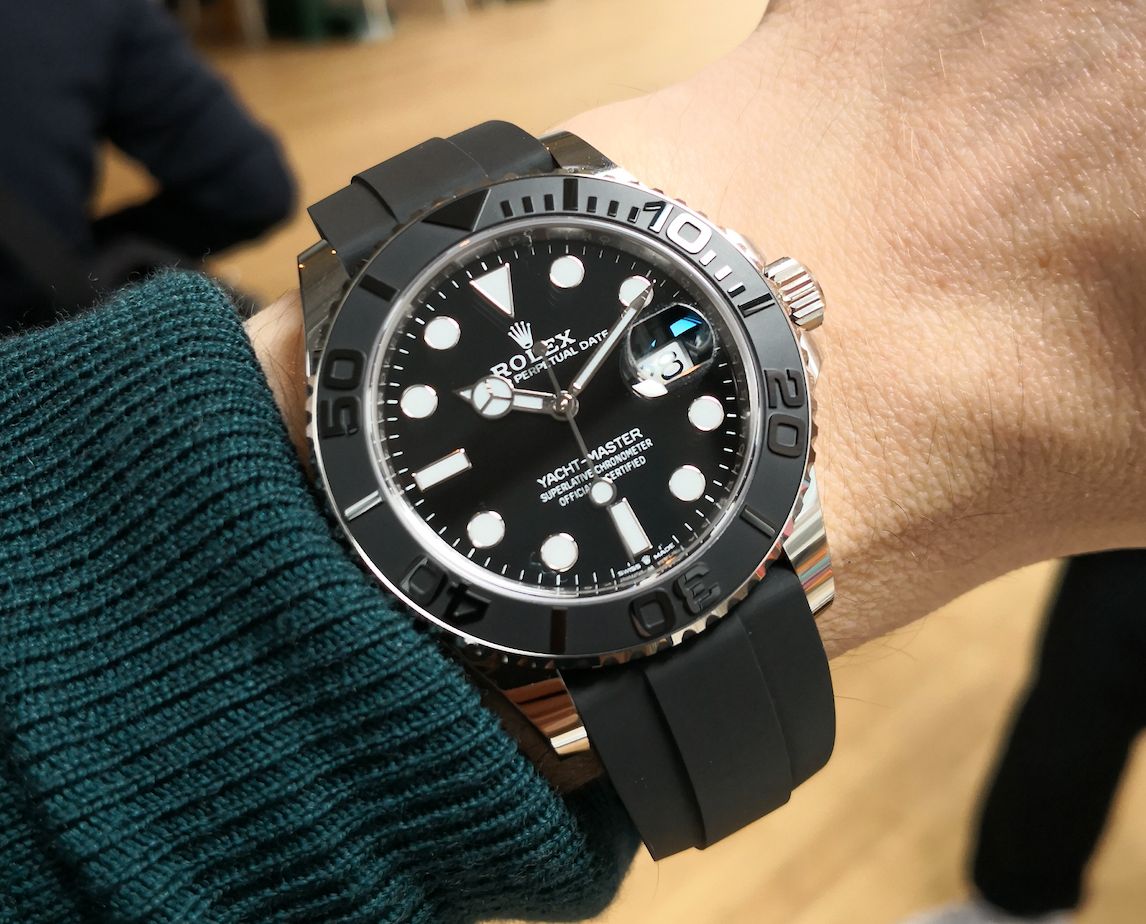
The Rolex Yacht-Master 42
The stage could not have been more perfectly set for the release of the Rolex Yacht-Master 42 ref. 226659 at this year’s Baselworld. With its white gold case, simple black dial, matte black Cerachrom bezel, and black Oysterflex rubber strap, it is the epitome of stealth luxury. It also happens to be just about the most hypnotic black/black diver on a rubber band that anyone could imagine.
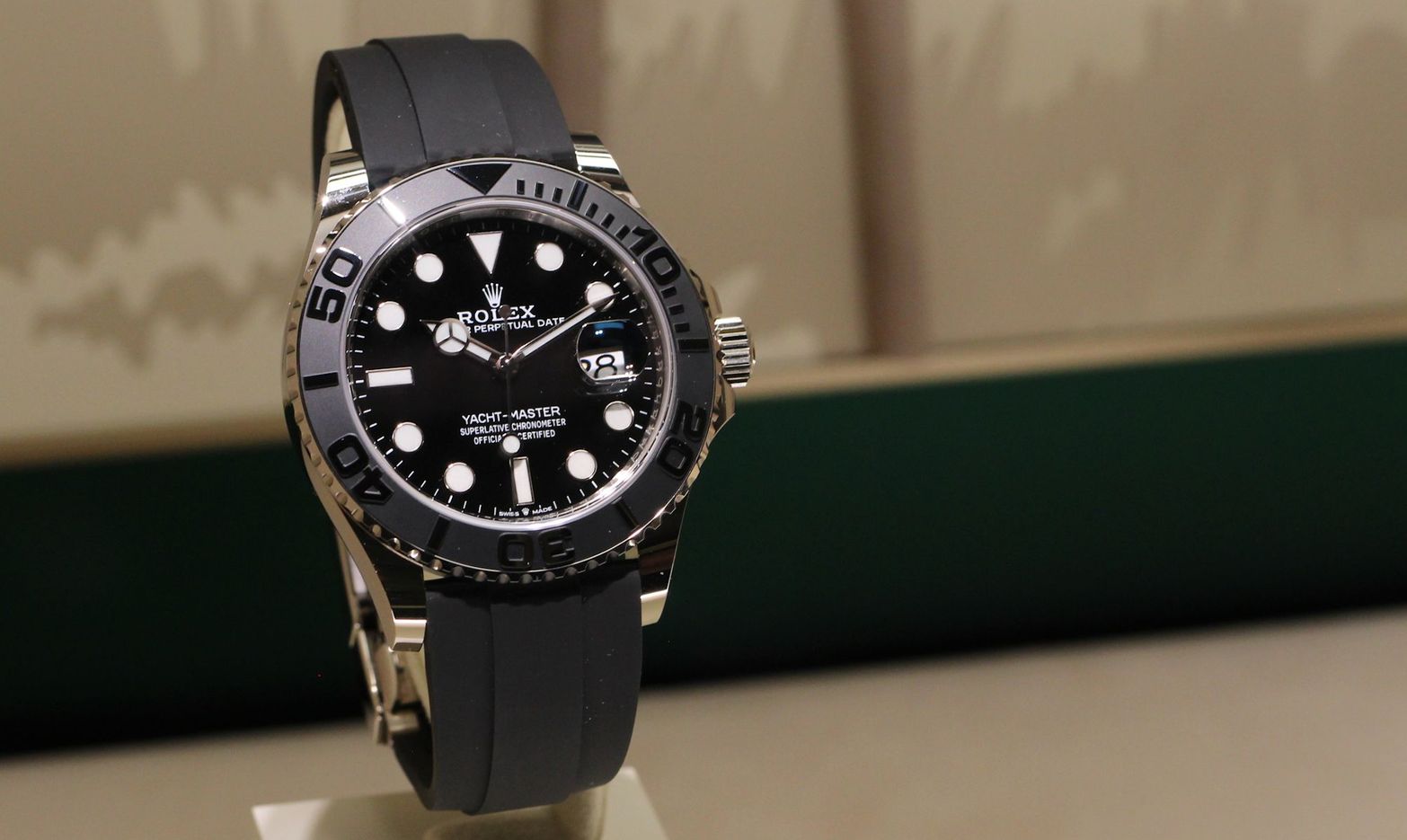
Why is the Yacht-Master 42 so perfect for this new age? Well, its a barrel load of contradictions packed into a 42mm case. But those contradictions are what make Rolex the brand it is these days. They are what makes it so hard to copy what the brand does. Because, on paper, it just doesn’t add up.
For all intents and purposes, the Yacht-Master 42 is a sports watch. And yet it’s not. Not really – its white gold case puts paid to that idea before the conversation even begins. It is instead, perhaps the most luxurious, desirable, deliciously devil-may-care thing the brand has ever produced.
Within the 18k white gold case of the Yacht-Master 42 is the Rolex Caliber 3235. The recipient of 14 patents, it includes the new Chronergy escapement, which is highly efficient and dependable. It contains all the hallmarks of a Rolex Perpetual movement suited to an active lifestyle, such as the Blue Parachrom hairspring (highly resistant to magnetic fields and temperature interference) and the Paraflex shock absorption system.
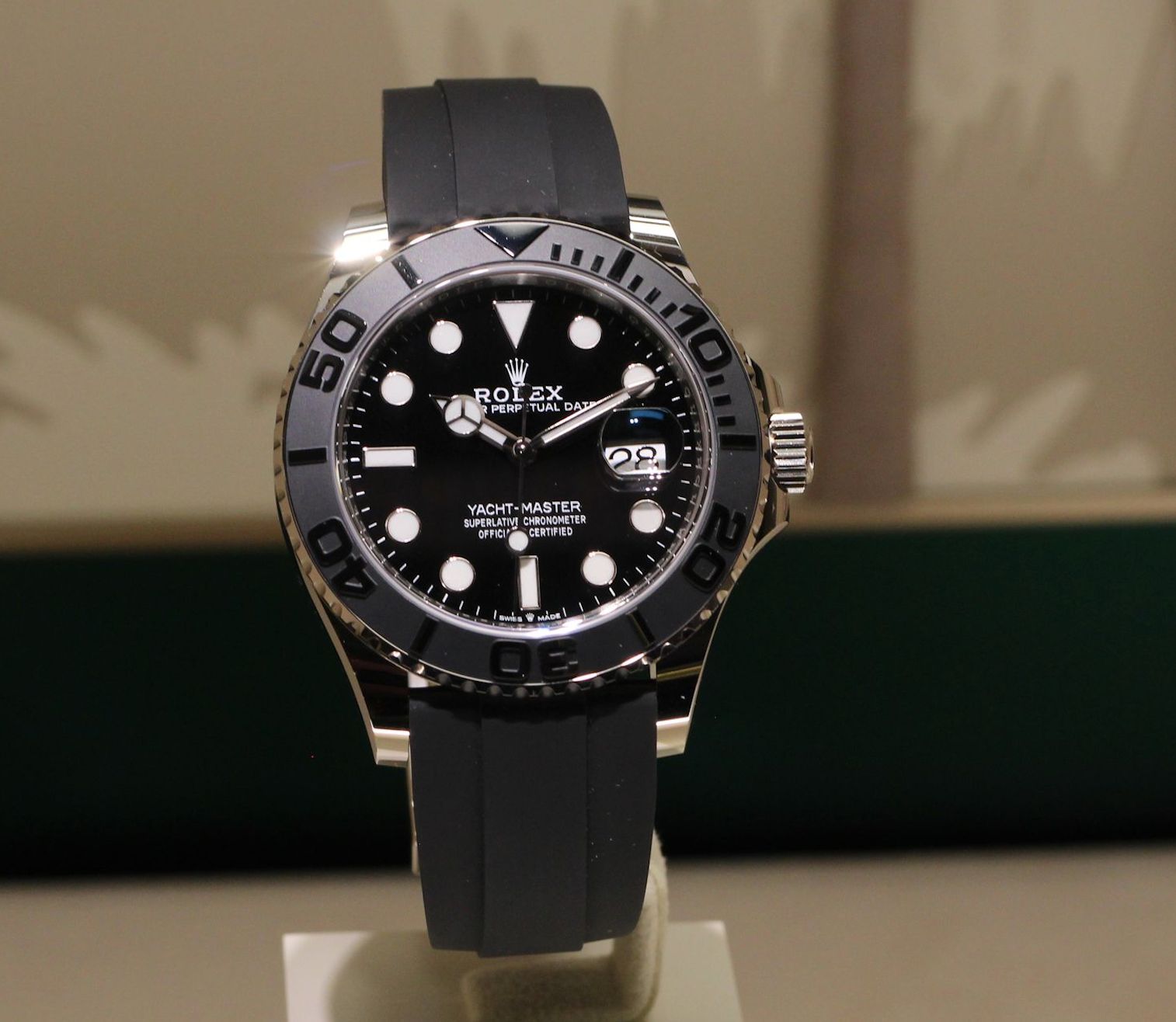
When you think of crazily luxurious watches made by Rolex, you’d be forgiven for thinking of a diamond-encrusted case, or even a rainbow bezel. But this trumps them all. The Yacht-Master 42 is the kind of luxury that only people in the know understand. For your investment, you don’t get anything that will scream your wealth across a room. Instead, you get something that is deliberately pared back. Something that is designed to catch the corner of an onlooker’s eye, but not their full attention. The Yacht-Master 42 is a watch that demands awareness to be appreciated. This is something for the wearer themselves to enjoy. Something deeply personal. Something deeply Rolex.
There are many stories as to where the five-pronged logo of Rolex comes from, and even more about what it represents. But if we take it for what it simply appears to be, it could not be more fitting. This brand is king. It may not have the finest movement finishing, the most mind-boggling complications, or price tags on a level with mansions or private jets, but Rolex has a heritage, a character, and a reputation that cannot be usurped. With this new direction with the Yacht-Master 42 carving out an evermore inaccessible niche, the brand next to whom any other would be happy to sit continues to stride further and further away from the pack.

